When deciding between brick or bluestone as an outdoor paving material, there is no one rule or formula to follow. Rather, there are several factors we consider—most importantly, the homeowner’s taste and design goals. We also believe that it’s essential to choose materials that reflect and complement the home’s architectural style, which sometimes means choosing one material over another or mixing them in a thoughtful, appropriate manner.
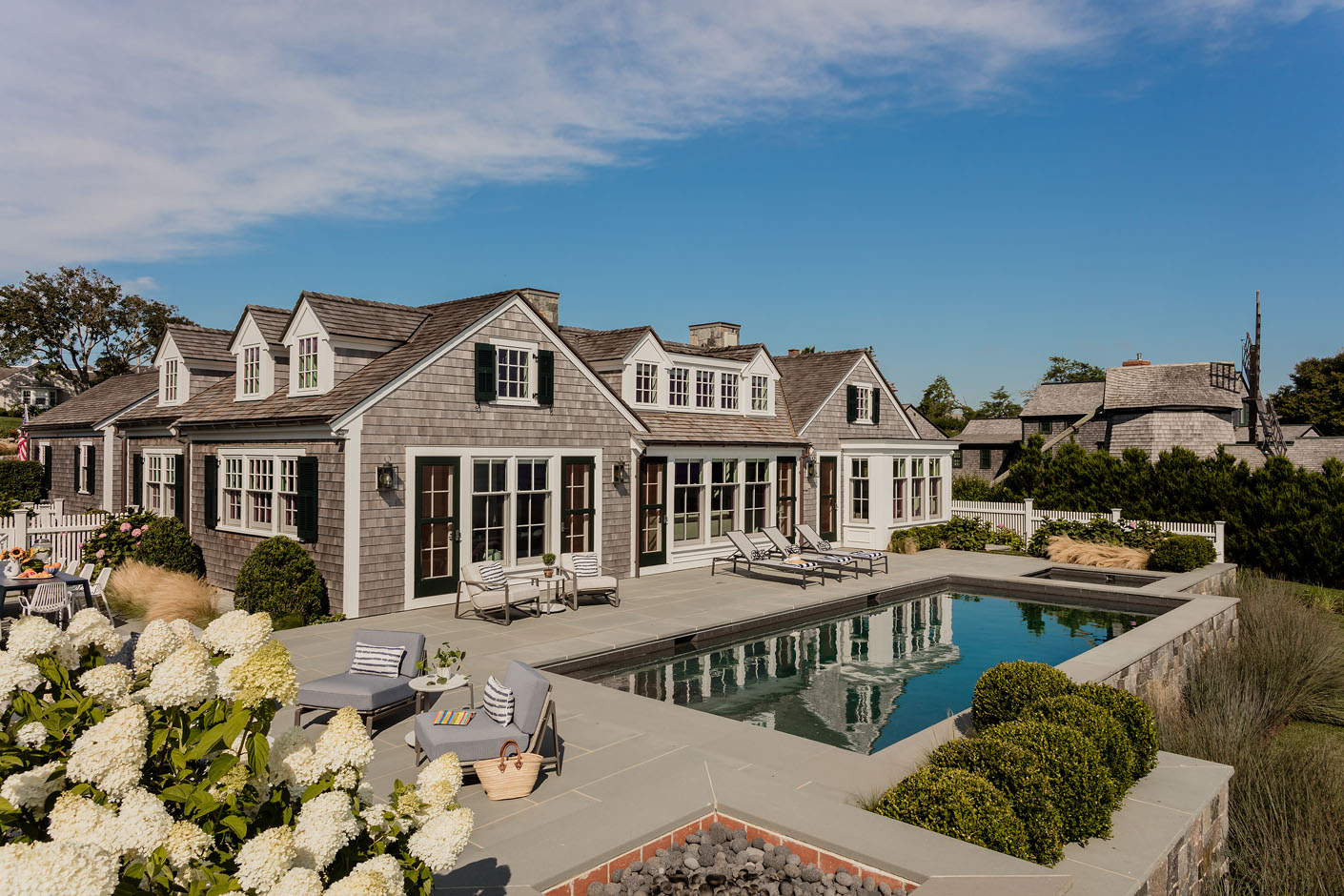
Brick Pavers
Clay bricks have been around for centuries and are a classic paving option for historic and traditional homes. Brick provides an authentic, established look for entry landings and patios, and works particularly well when a home is built or restored with a brick foundation. Carrying the look and feel through from the foundation to the front landing or walkway helps bring a coordinated, consistent aesthetic to the home’s exterior.
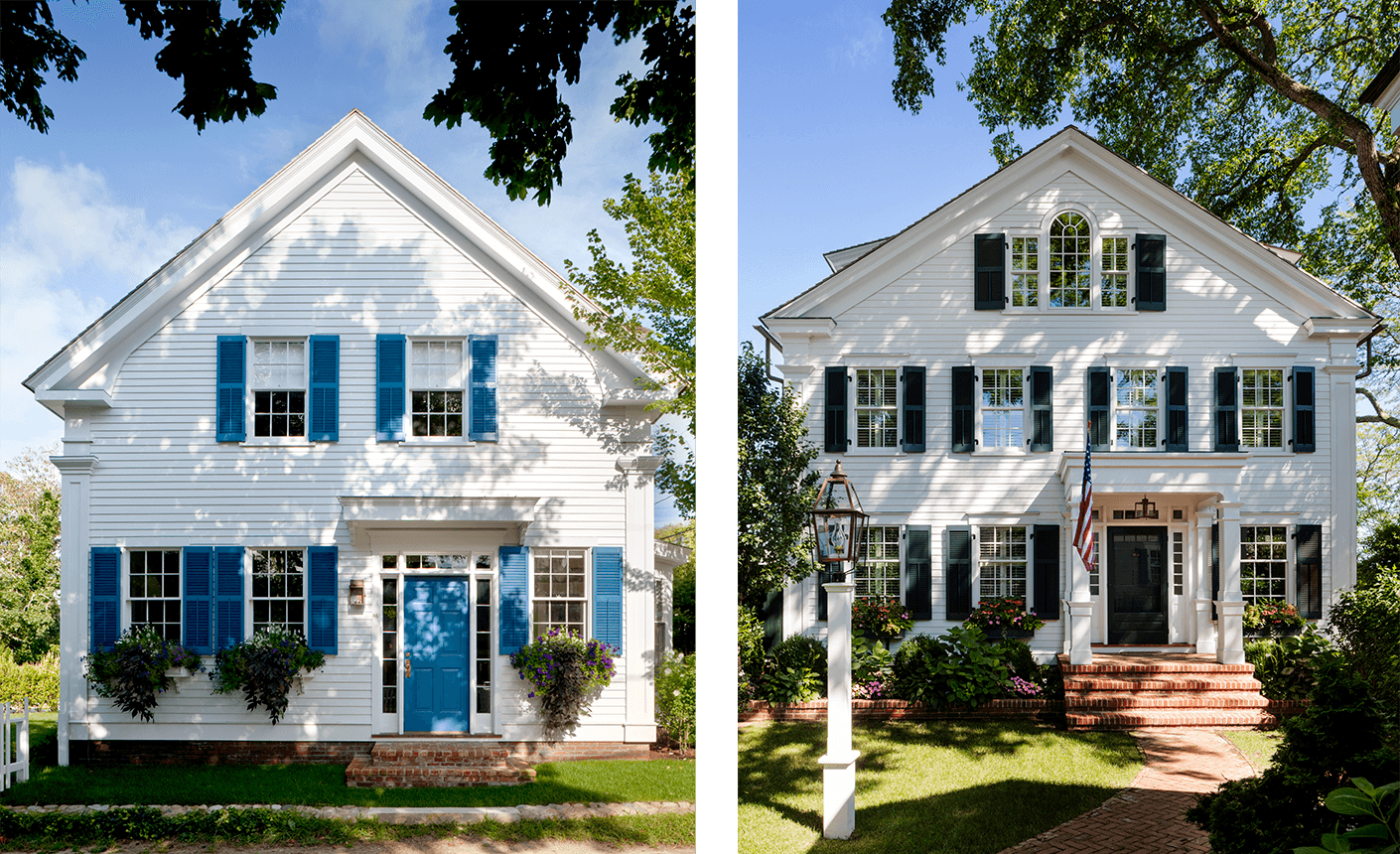
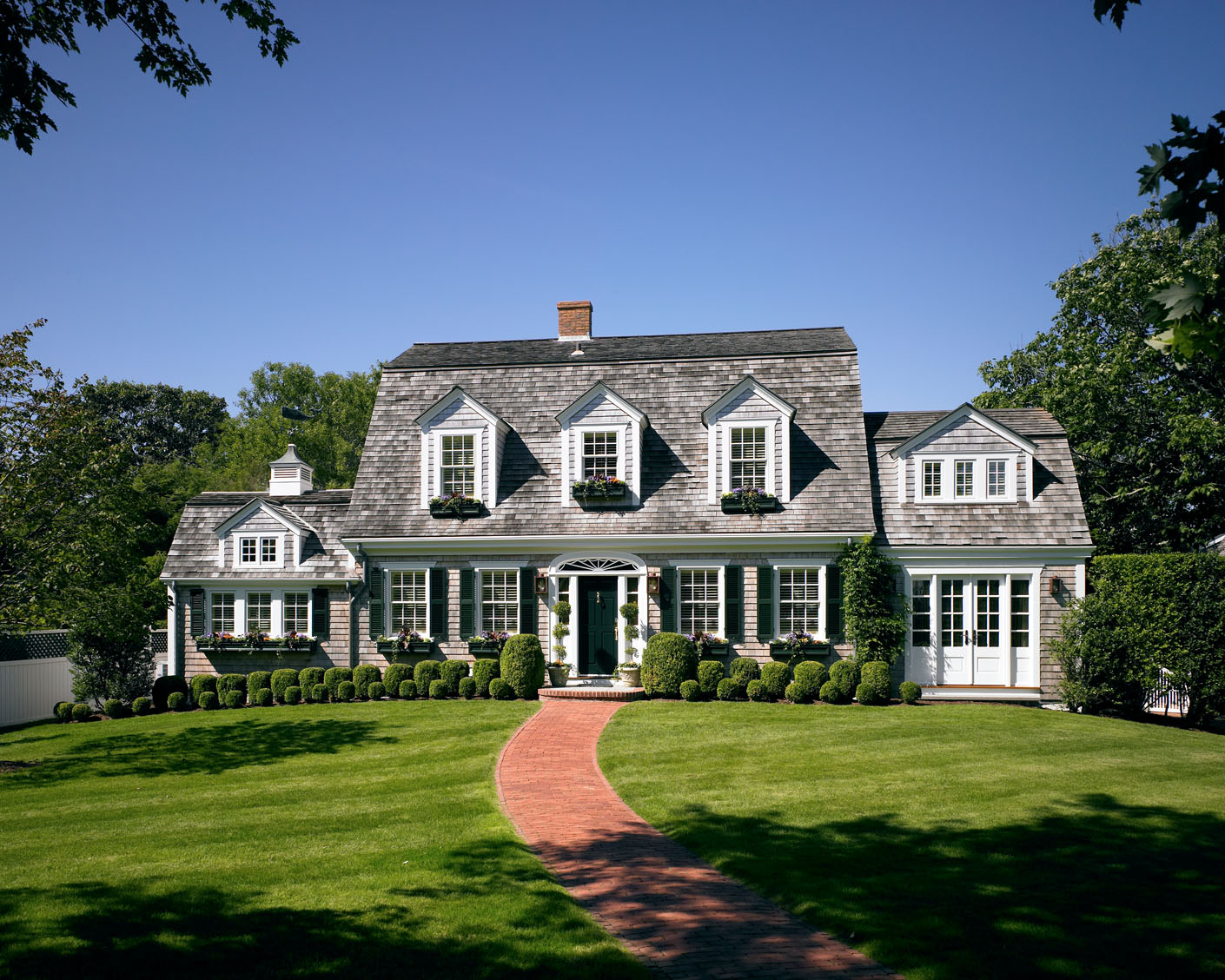
In addition to offering a timeless look, brick also provides a low-maintenance paving option for walkways and patios. Because of its uniform and self-contained design, replacing a damaged brick or two does not mean pulling up the entire front landing or patio. Brick also affords the opportunity to create patterns and designs that offer visual interest and architectural dimension. We often use brick with an aged patina, and a favorite style is Boston City Hall Pavers by Massachusetts’ noted brick manufacturer, Stiles and Heart CO (S+H). These bricks are “tumbled,” and provide the aged look of reclaimed antique bricks appropriate for many restoration projects.
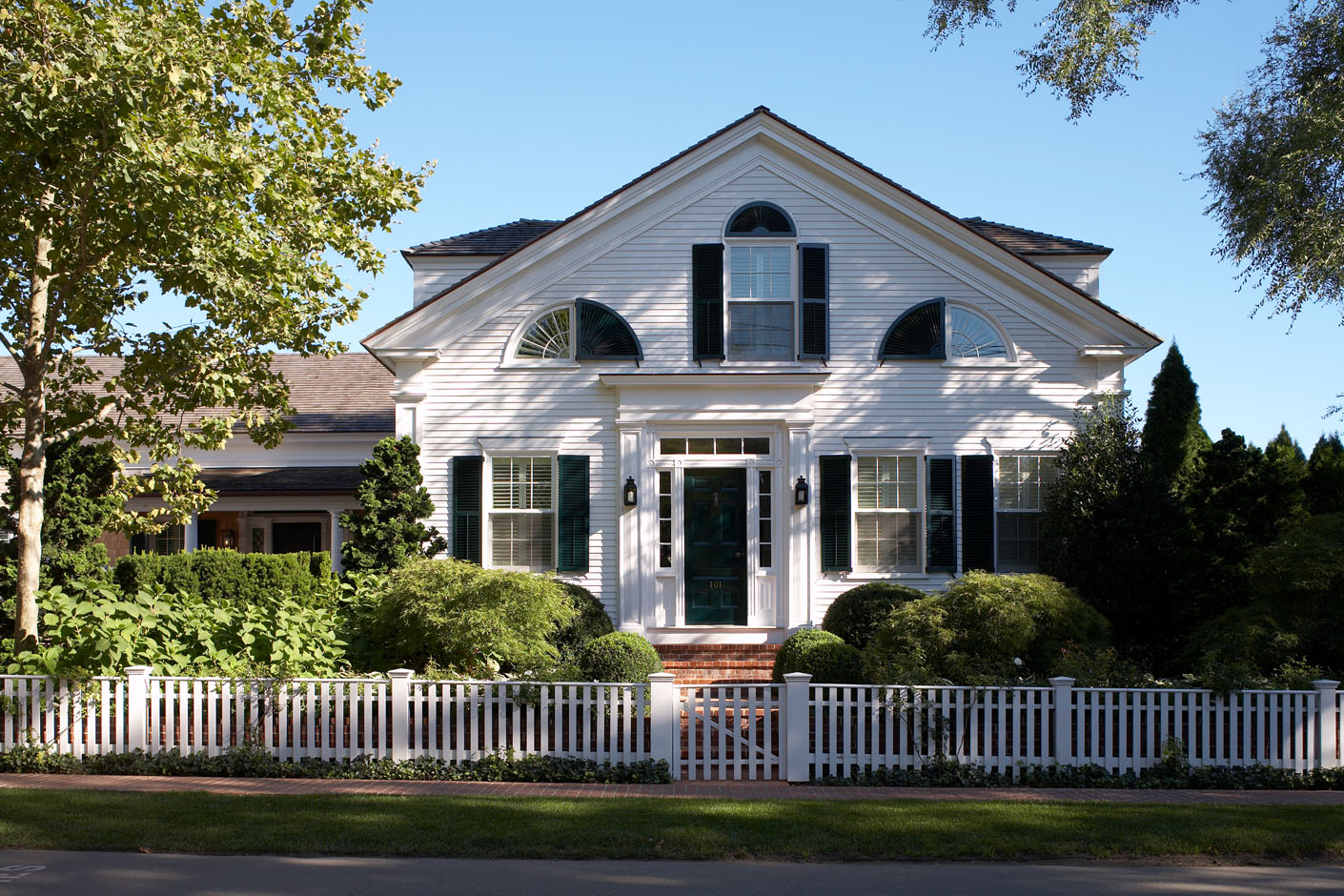
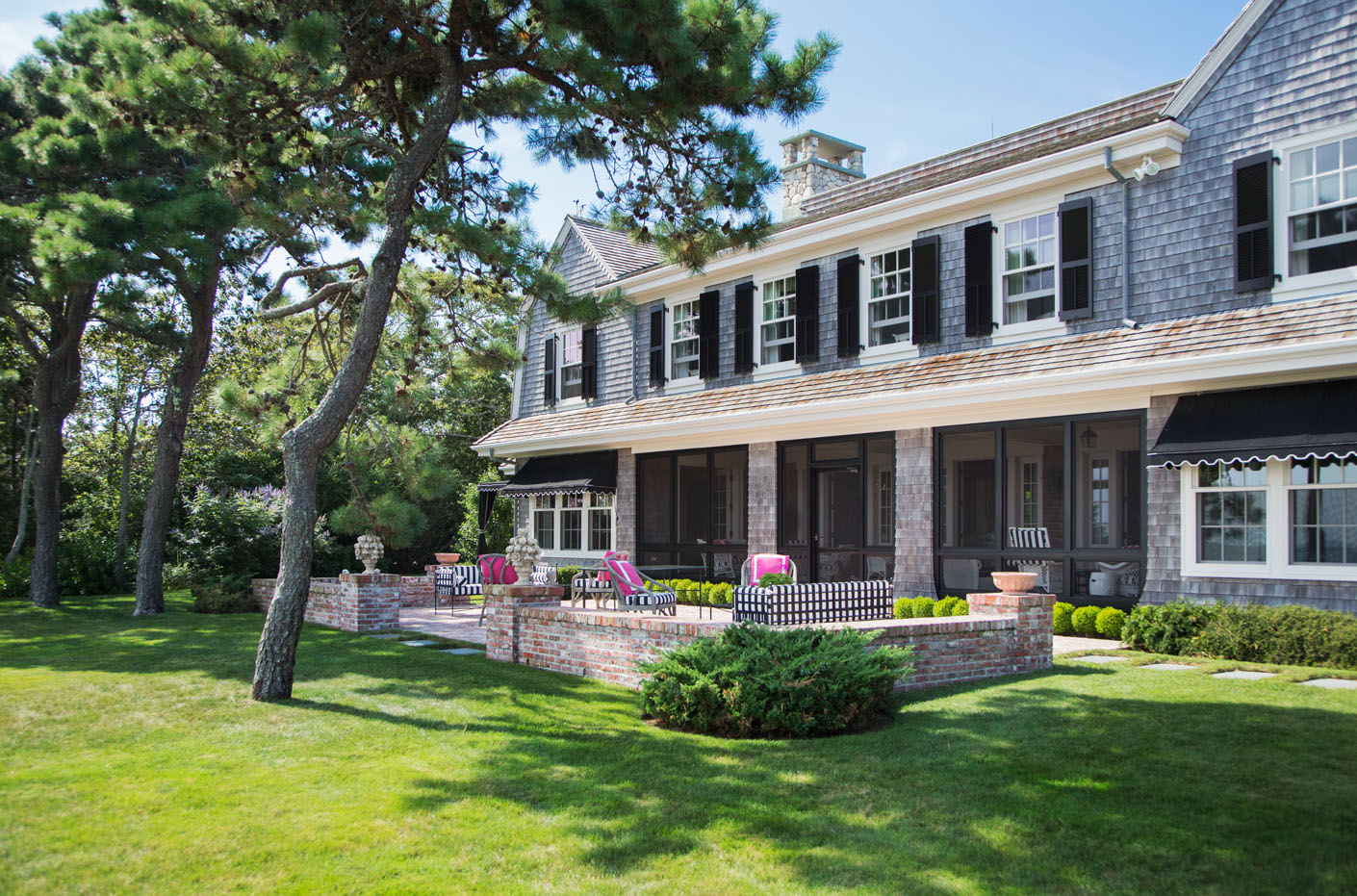
Bluestone
Bluestone is another versatile paving option primarily sourced from quarries on the east coast. Generally speaking, bluestone comes in two finished textures: natural cleft top, which has a more irregular, layered surface and sawn thermal top, which is smoother. Though softer on the feet than brick, both styles of stone offer surface traction when wet, making them a popular paving choice around pools and entryways.
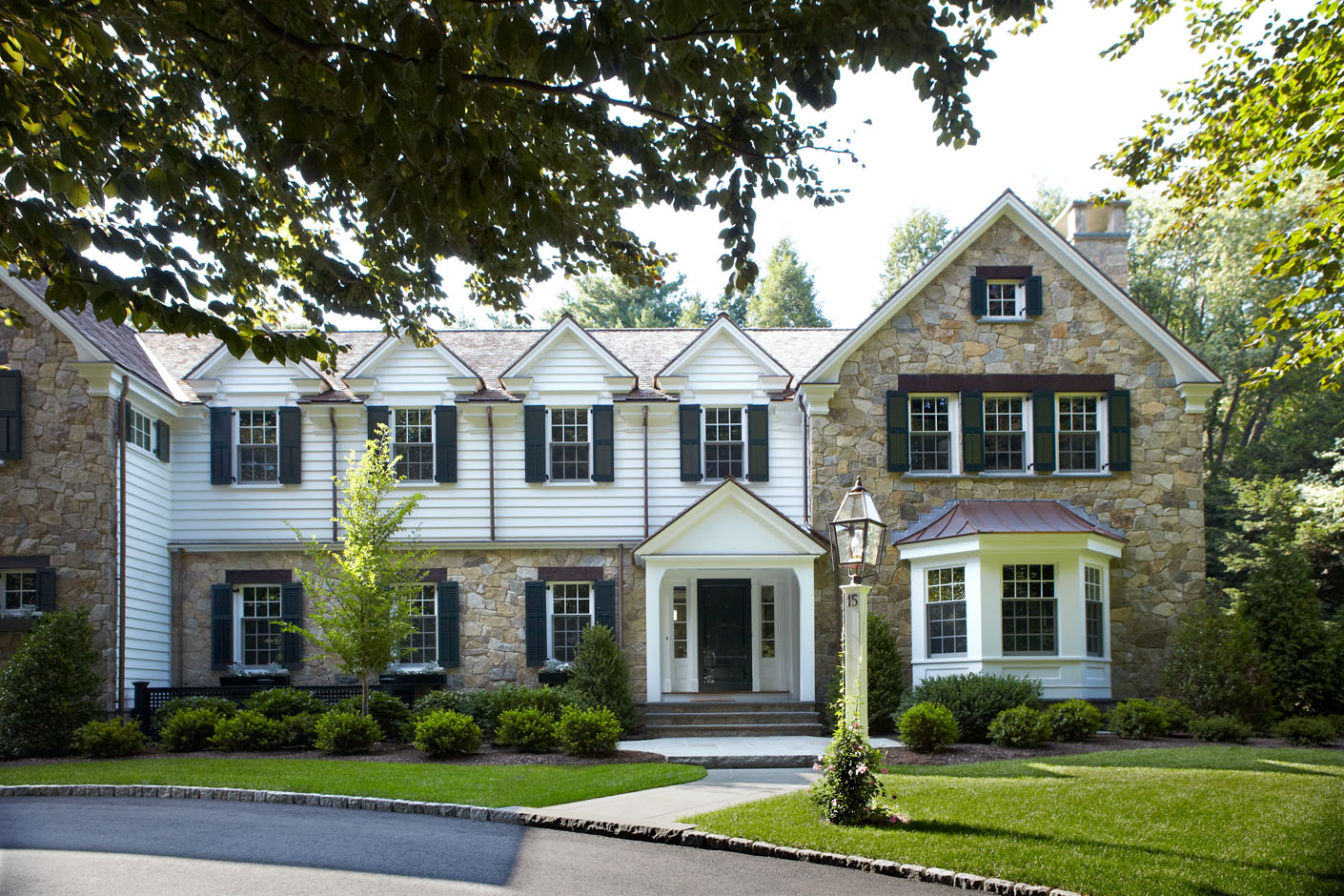
Bluestone handles temperature change well and comes in two color choices: select blue and full range (also called off color). Select bluestone has little color variation and works well for homeowners looking for a more uniform or tailored look. Full range bluestone—as the name suggests—has a mix of stone colors such as gray, silver-blue, brown, and plum. These color combinations vary depending on what quarry the stone came from. Using full range bluestone on an outdoor patio or walkways will introduce a lovely, muted color palette that works well with the natural environment.
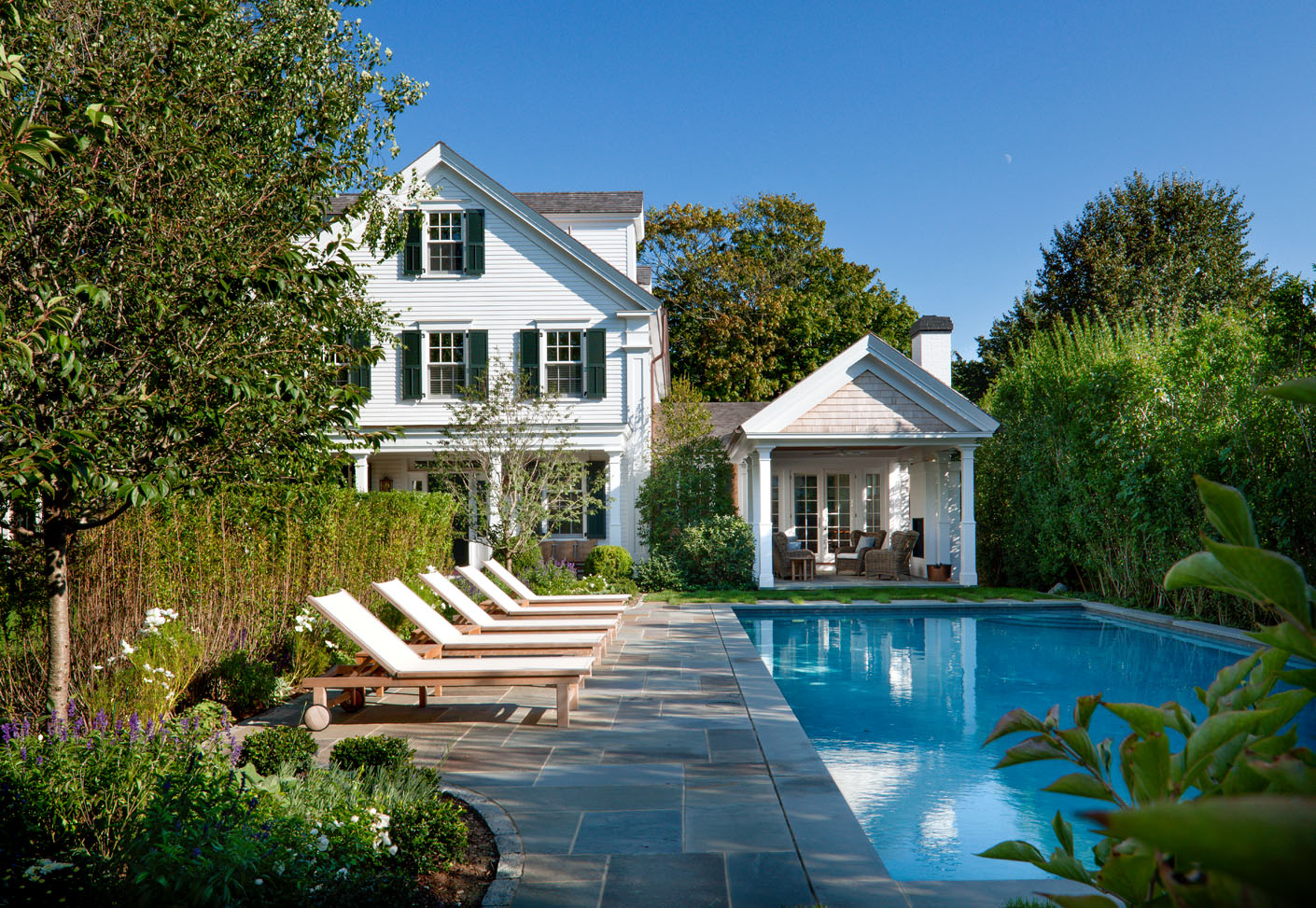
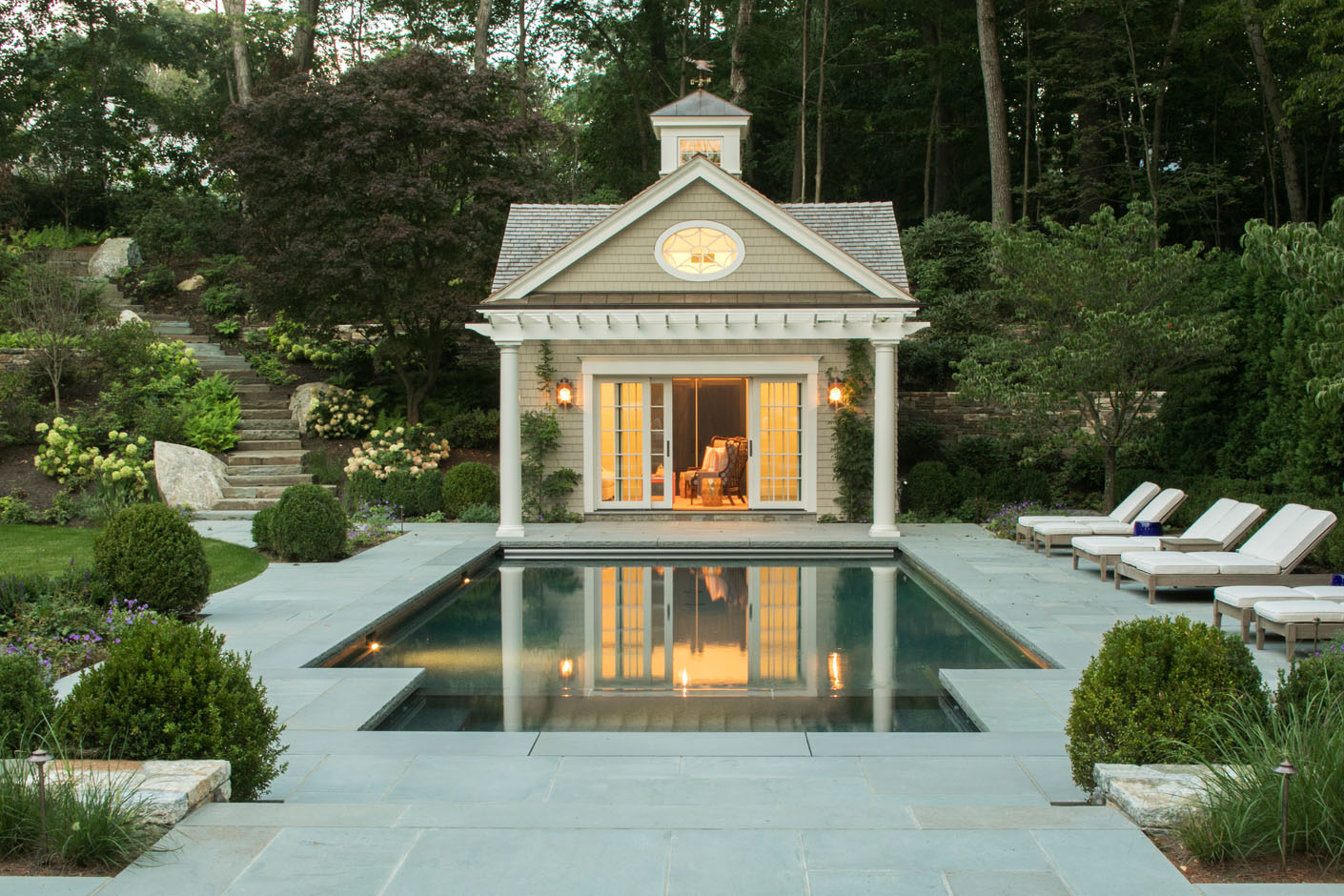
Depending on the home’s architecture, we sometimes mix brick with bluestone to create delineation or subtle texture. This might be brick edging along a bluestone pathway, a combination of material on a pool deck, or a mixture of each on a front landing.
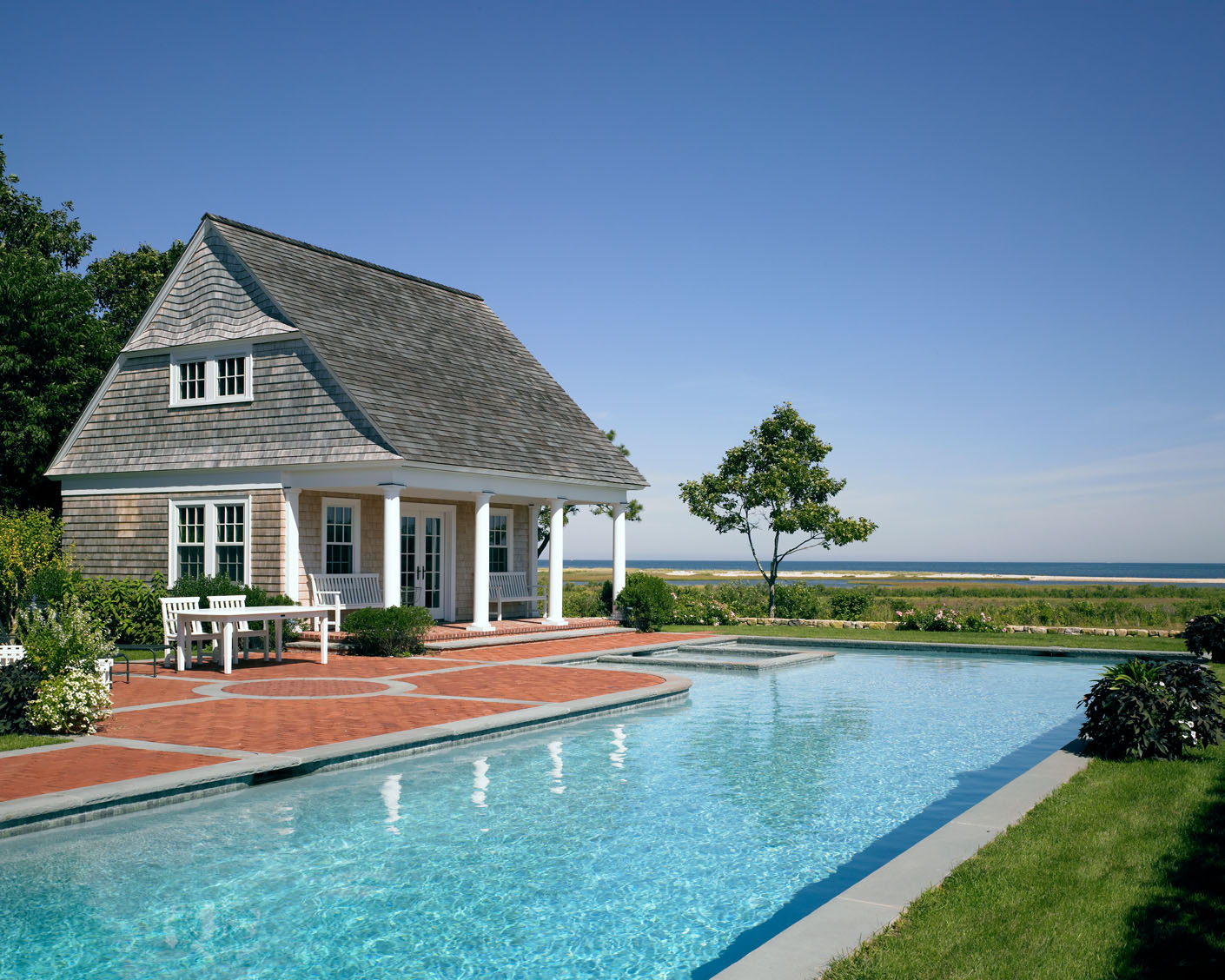
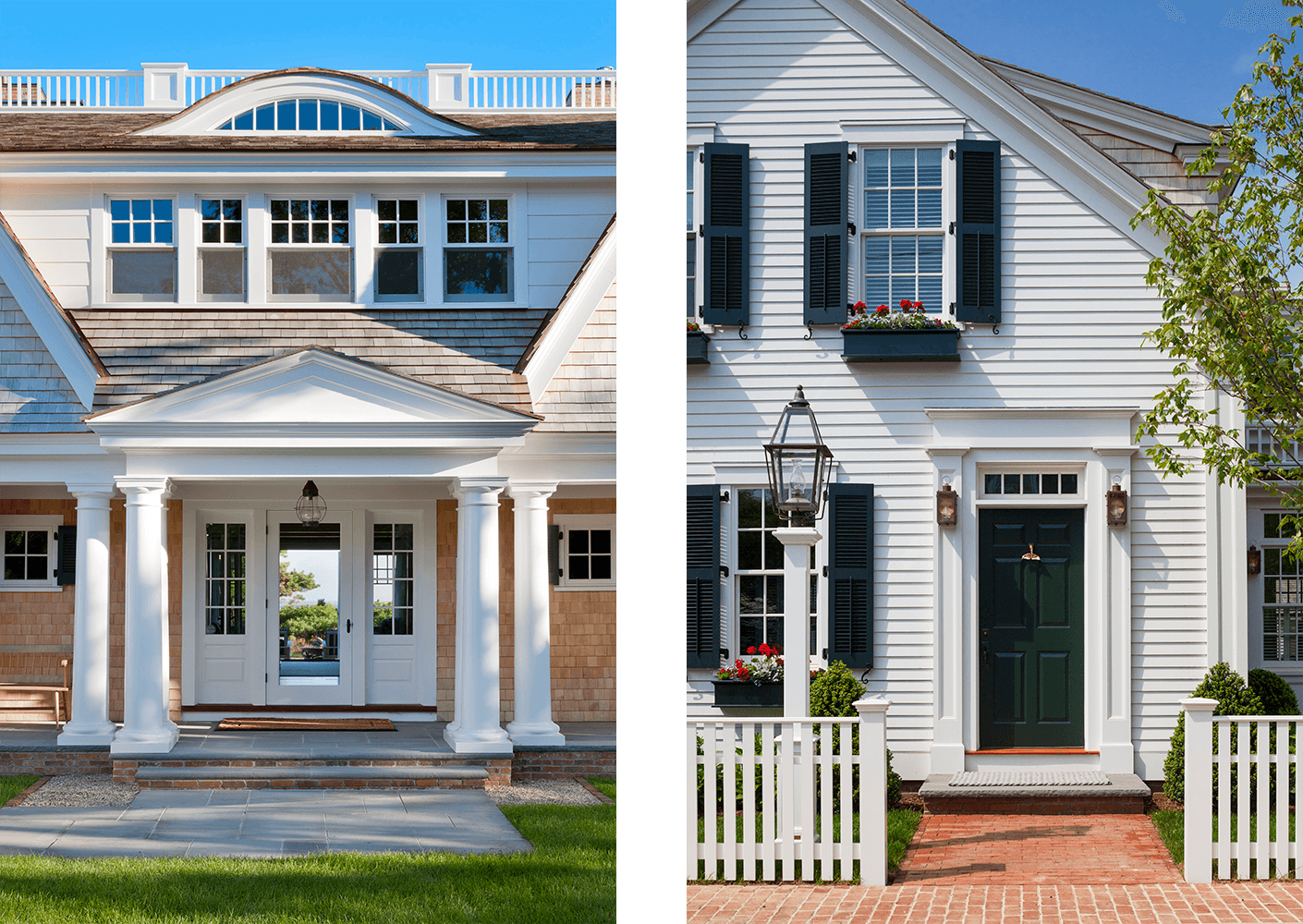
While there is not a one-size-fits-all rule, there are some important factors to consider when choosing to use bluestone or brick. Think about the overall design goals and choose the material(s) that best accomplish those objectives. Then, be certain the materials blend with the home’s architectural style and complement the exterior in a meaningful way. These are not easy decisions, and we hope our ideas provide helpful direction with your future paving choices!
Next Blog Post
Pre-Architectural Virtual Consultation with Patrick AhearnWe are pleased to launch a first-ever Virtual Consultation service with Patrick himself, for homeowners seeking guidance in terms of design possibilities and/or improvements. Learn more about how to apply for the program.